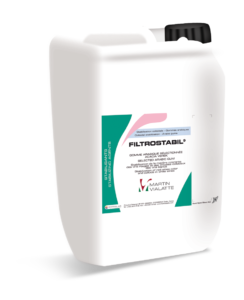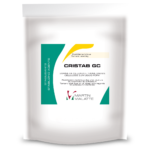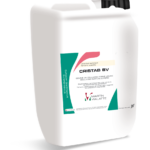History of an innovation – Tartar and colloidal stabilisation
The stabilisation of wines, be it colloidal, protein or tartaric, is part of Martin Vialatte®’s historical know-how. The study of this practice began in 1964 with the introduction of membrane filtration. This was followed by the creation and manufacture in the Paris workshops of V40® metatartaric acid by heating tartaric acid to high temperatures and then cooling it rapidly, a unique skill developed at the time to meet the challenges of Parisian wine businesses who bottled wines.
It was in the 1970s and 1980s that interest in the problem of wine stability really took off. The search for new solutions bore fruit in 1983 with the creation of the first gum arabic for colloidal and tartaric stability. This is a natural gum extracted from acacia trees (Seyal and Verek species) which prevents copper and iron casse, as well as the precipitation of colouring matter and tartaric microcrystals.



Innovations to optimise tartaric stabilisation followed one another. In 2004, work began on carboxymethyl cellulose (CMC), a cellulose derived from wood and used essentially in the agro-food industry. It provides tartaric stabilisation that is economical as well as effective and long-lasting, thanks to its twofold action – it prevents tartar crystal nucleation and the disruption of microcrystal growth. The CRISTAB® range, formulated from this polymer, was created in 2009 and has been a huge success ever since.
A new generation of tartaric stabilisers was then developed in 2017. Based on the combination of a new biopolymer authorised by the OIV – potassium polyaspartate (PAK) – and a plant-based polysaccharide, it is a sustainable alternative to current additive and subtractive techniques for unstable to very unstable wines. The ANTARTIKA® range inhibits the formation of K-bitartrate crystals and their long-term growth, while also contributing to the organoleptic balance (colour, aroma, structure) of wines.
